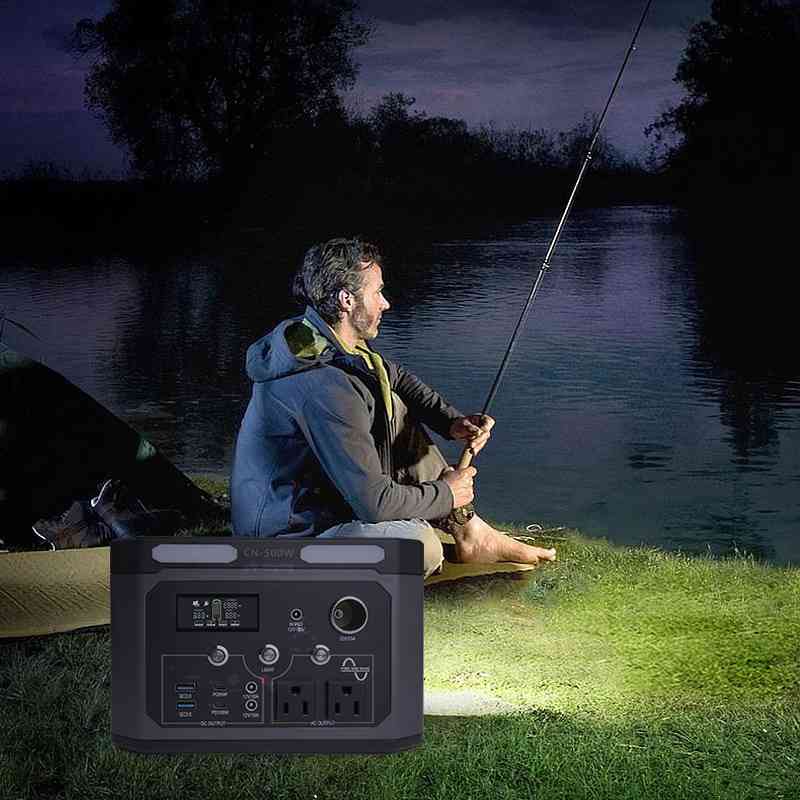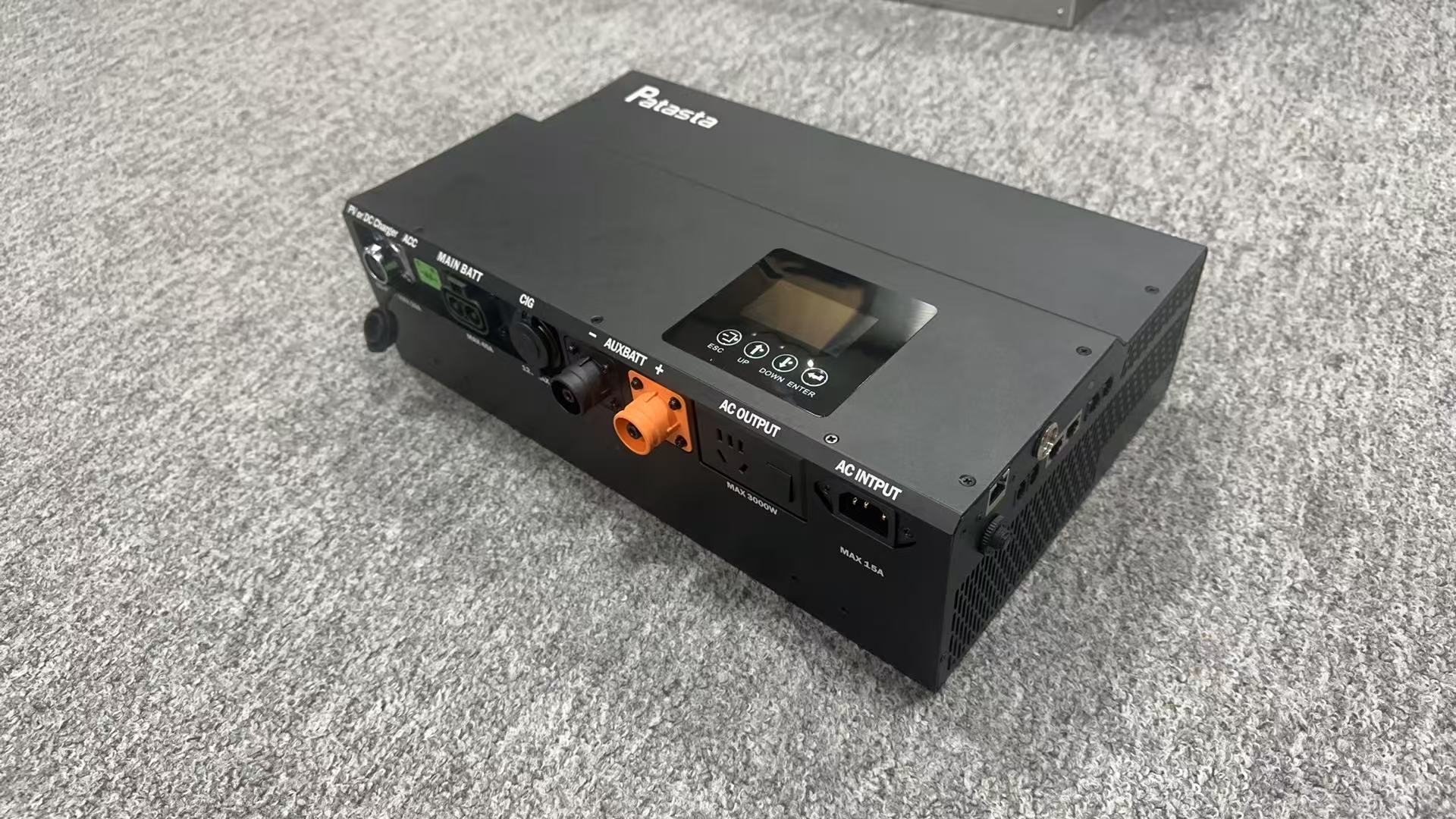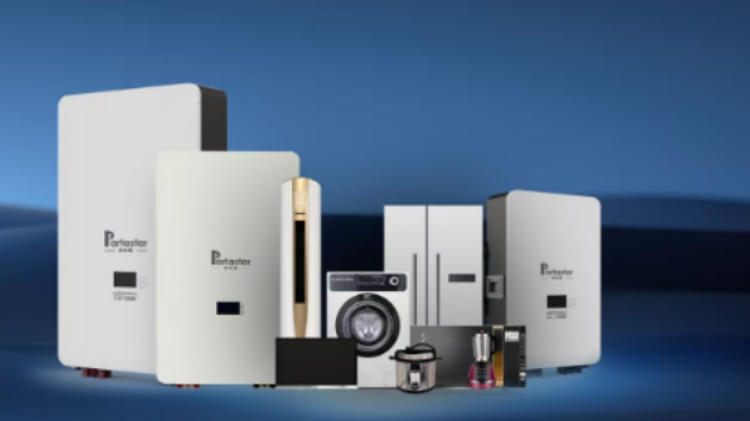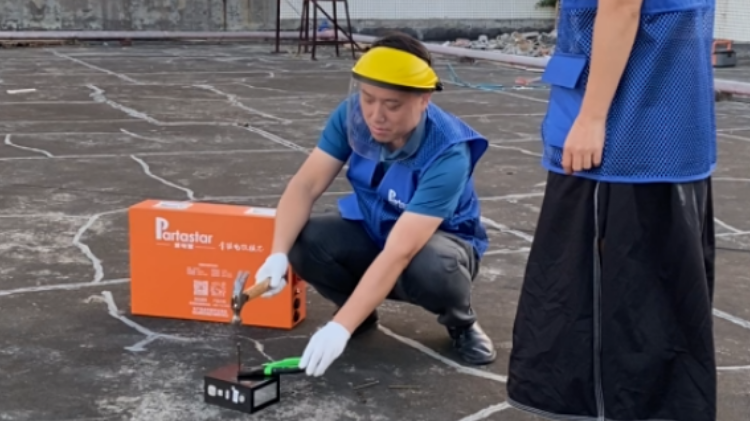What is the energy storage method of portable power station? First, let's take a look at some commonly used energy storage methods;
In recent decades, the research and development of energy storage technology has been valued by the energy, transportation, electric power, telecommunications and other departments of various countries. Electric energy can be converted into chemical energy, potential energy, kinetic energy, electromagnetic energy and other forms of storage. According to its specific methods, it can be divided into three types: mechanical energy storage, electromagnetic energy storage, and chemical energy storage. Among them, mechanical energy storage includes pumped water storage, compressed air energy storage and flywheel energy storage; electromagnetic energy storage includes superconducting, super capacitor and high energy density capacitor energy storage; electrochemical energy storage includes lead acid, nickel metal hydride, nickel cadmium, lithium ion , sodium sulfur and liquid flow battery energy storage.
1. Pumped storage. Pumped storage was first applied in Italy and Switzerland in the 1890s. At present, more than 90GW of pumped storage units have been put into operation around the world. The biggest feature of pumped storage power station is that it stores a lot of energy. It is the most widely used energy storage technology in the power system. The release time of stored energy can range from a few hours to a few days. Its main application fields include peak shaving, Frequency modulation, phase modulation, emergency backup, black start and provision of system backup capacity can also improve the operating efficiency of thermal power plants and nuclear power plants in the system. From a technical point of view, the key to pumped storage power plants is how to realize the rapid conversion between electric energy and high water level potential energy, and the design and manufacture of pumped storage units is the key.

The unit is developing in the direction of high water head, high speed, and large capacity, and it is now close to the manufacturing limit of single-stage pump turbine and air-cooled generator motor. The focus in the future will be based on the research of vibration, cavitation, deformation, water stop and magnetic characteristics , focusing on the reliability and stability of the operation, the continuous speed regulation unit is used to realize automatic frequency control when the head variation is small and the power supply quality is high. Improve the reliability and automation level of electromechanical equipment, establish a unified dispatching mechanism to promote centralized monitoring and unmanned management, and carry out research on key technologies of seawater and underground pumped storage power stations in light of the national conditions of each country.
2. Compressed air energy storage. Compressed air energy storage power station (CAES) is a gas turbine power plant for peak regulation. It mainly uses the remaining power to compress air when the grid load is low, and stores it in a high-pressure sealed facility with a typical pressure of 7.5MPa, and releases it during peak power consumption. Come out to drive the gas turbine to generate electricity. For the same output, it consumes 40% less gas than conventional gas turbines. The construction investment and power generation costs of compressed air energy storage power stations are lower than those of pumped storage power stations, but their energy density is low and limited by terrain conditions such as rock formations. The compressed air energy storage power station can be cold-started, black-started, and has a fast response speed. It is mainly used for peak and valley power recovery regulation, load balancing, frequency modulation, distributed energy storage and power generation system backup.
Compressed air is often stored in suitable underground mines or caverns under rock caverns. The first compressed air energy storage put into commercial operation was a 290MW unit built in Hundorf, Germany in 1978. At present, GE of the United States is developing a more advanced compressed air energy storage power station with a capacity of 829MW. In addition, Russia, France, Italy, Luxembourg, Israel and my country are also actively developing and constructing such power stations. With the development of distributed energy systems and the need to reduce the volume of gas storage and increase the gas storage pressure to 10-15MPa, the 8-12MW micro compressed air energy storage system is called the focus of attention.
3. Flywheel energy storage. Most flywheel energy storage systems are composed of a cylindrical rotating mass and a mechanism supported by magnetic suspension bearings. The flywheel system operates in an environment with a high degree of vacuum. The flywheel is connected to a motor or generator. It is characterized by no friction loss, Small wind resistance, long life, no impact on the environment, almost no maintenance. At valley load, the flywheel energy storage system is powered by the power frequency grid to drive the flywheel to rotate at high speed and store energy in the form of kinetic energy; at peak load, the high-speed rotate flywheel acts as a prime mover to drive the motor to generate electricity, and the power converter outputs current and voltage to complete the mechanical energy-electrical energy conversion. Flywheel has excellent cycle use and load following performance, it is mainly used for uninterruptible power supply/emergency power supply, power grid peak regulation and frequency control. The mechanical flywheel system has become a series of products.
4. Superconducting magnetic energy storage. The superconducting magnetic energy storage system (superconducting magnetic Energy storage, SMES) uses coils made of superconductors to store magnetic field energy, due to its fast electromagnetic response characteristics and high energy storage efficiency. Superconducting magnetic energy storage can meet the voltage support of transmission and distribution network, power compensation, frequency adjustment, improve system stability and power transmission capacity, etc. Compared with other energy storage technologies, superconducting magnetic energy storage is still very expensive. In addition to the cost of superconducting itself, the cost of maintaining low temperature is also considerable. At present, there are many superconducting magnetic energy storage projects in progress or in the development stage in the world.
5. Supercapacitor energy storage. Compared with conventional capacitors, supercapacitors have a higher dielectric constant, larger surface area, or higher voltage withstand capability. Supercapacitors are relatively expensive, and are mostly used in power systems for short-term, high-power load smoothing and high-peak power occasions of power quality, such as starting support for high-power DC motors, dynamic voltage restorers, etc., during voltage drops and transient disturbances Increase the power supply level during this period. After three generations and decades of development of supercapacitors, the maximum energy storage capacity of the energy storage system has reached 30MJ. Currently, fourth-generation supercapacitors based on activated carbon double-layer electrodes and Li-ion intercalated electrodes are under development.
Sixth, battery energy storage. The battery energy storage system mainly uses the oxidation-reduction reaction of the positive and negative electrodes of the battery to charge and discharge. It mainly includes lead-acid batteries, nickel-cadmium batteries, lithium-ion batteries, sodium-sulfur batteries, all-aluminum flow batteries, etc. The current energy storage capacity of lead-acid batteries has reached 20MW. Lead-acid batteries provide closing power for circuit breakers during normal operation of the power system, and play an independent power supply role when power plants and substations are interrupted, providing power for relay protection devices, drag motors, communications, and emergency lighting. But its cycle life is short, and there is a certain amount of environmental pollution in the manufacturing process. Nickel-cadmium batteries have high efficiency and long cycle life.
What is the energy storage method of portable power station? The portable power station uses lithium-ion batteries, so it is calculated by division. It belongs to the way of battery energy storage!



